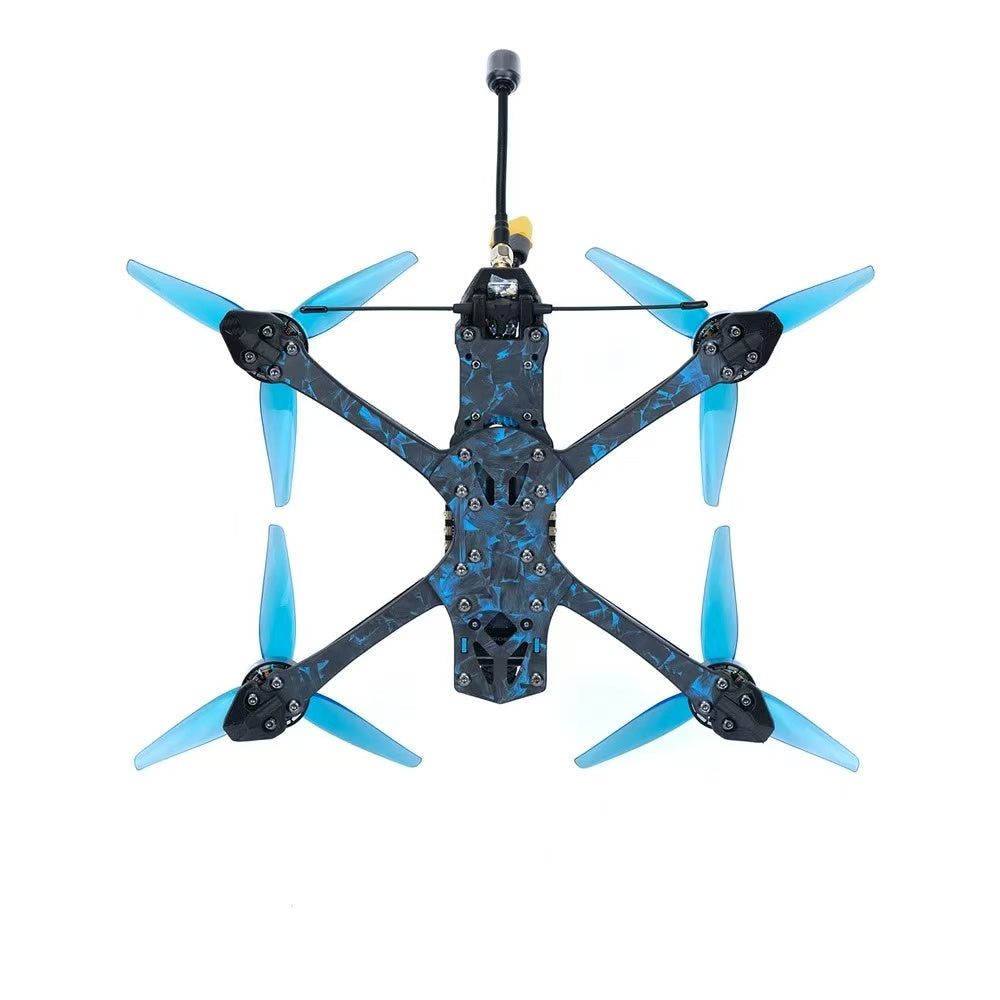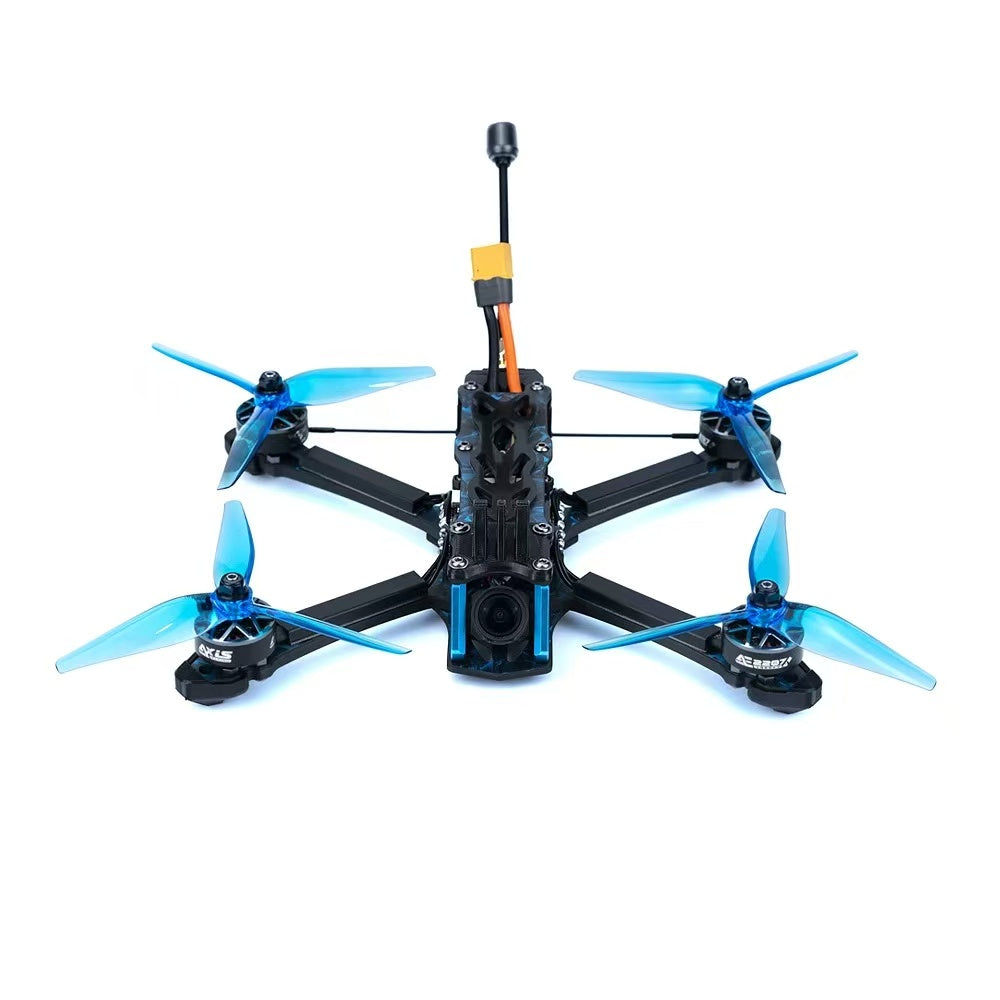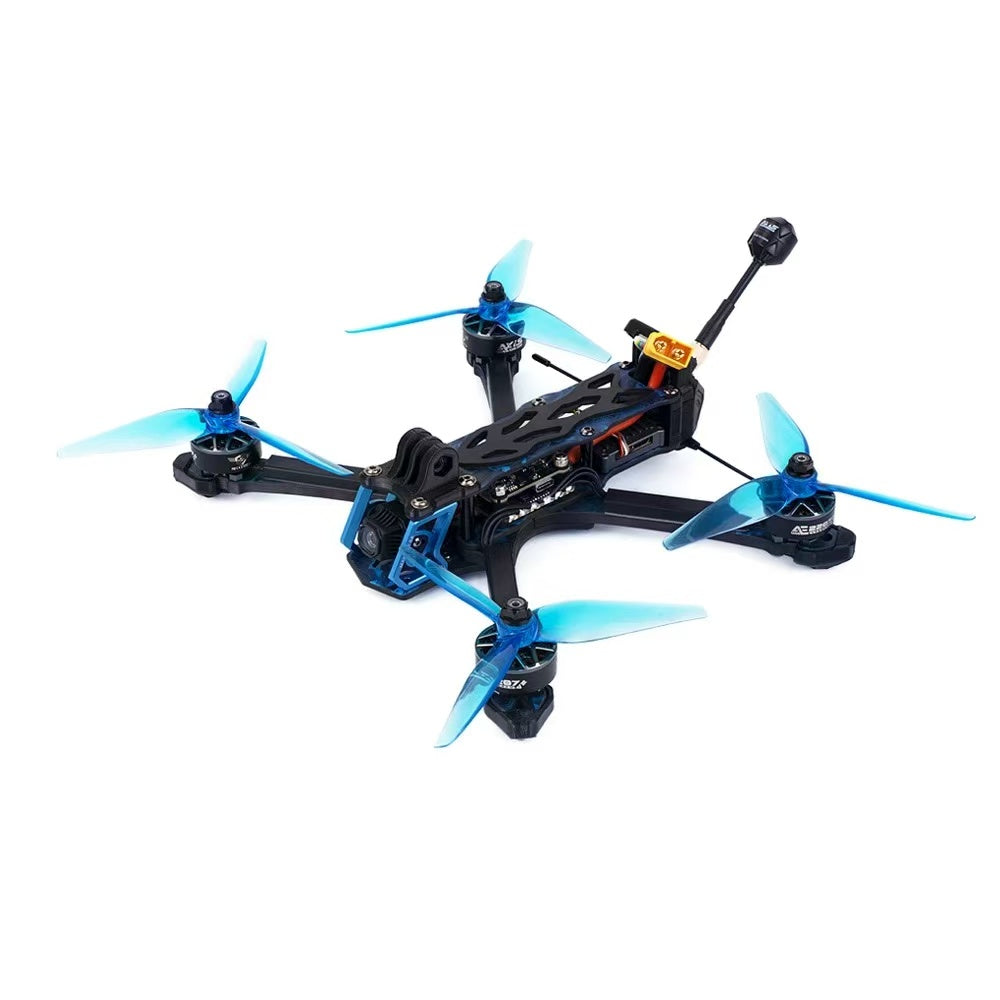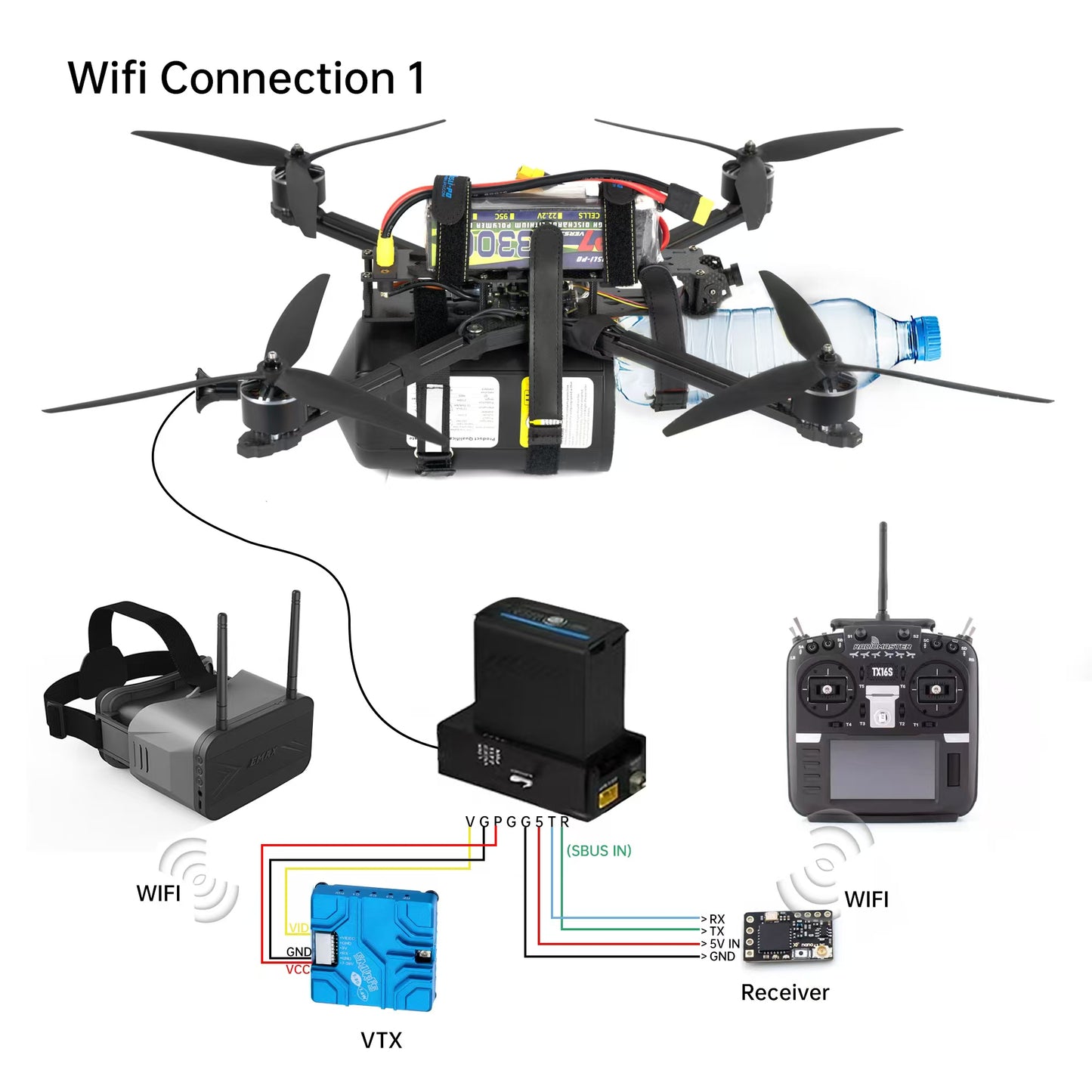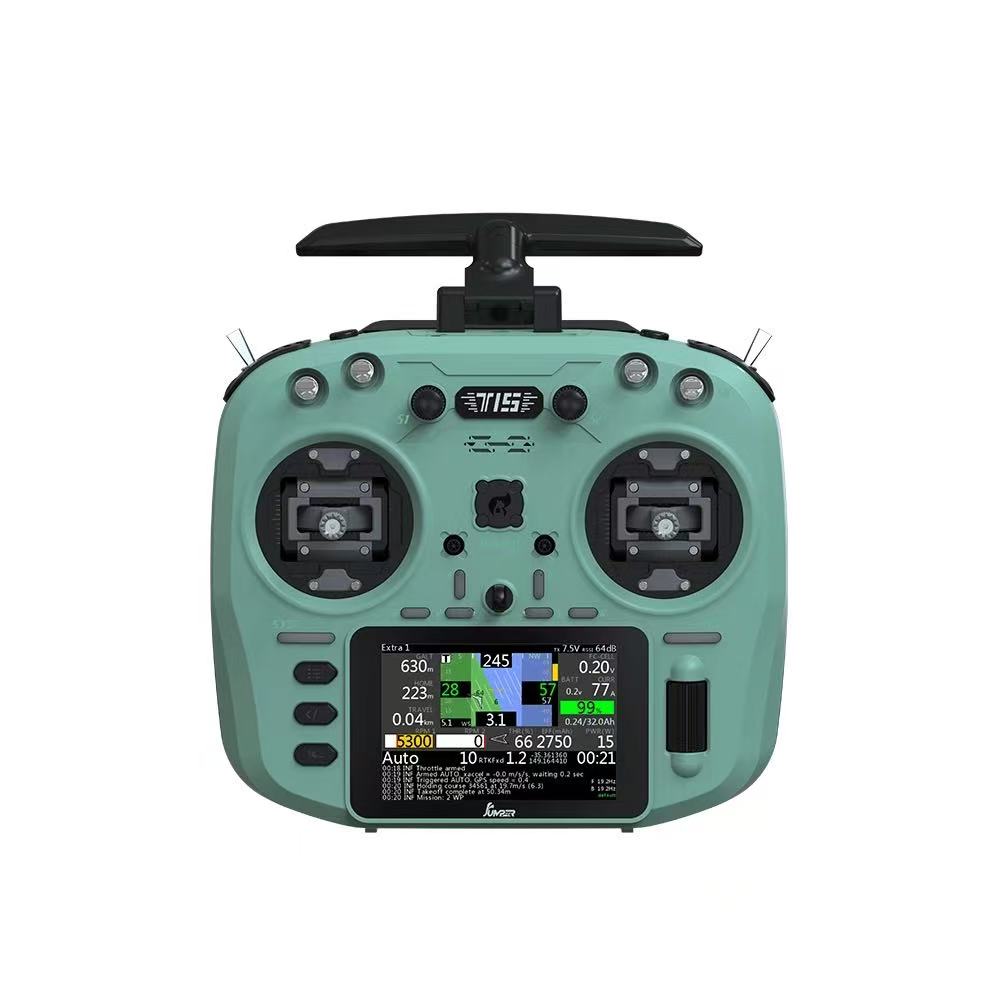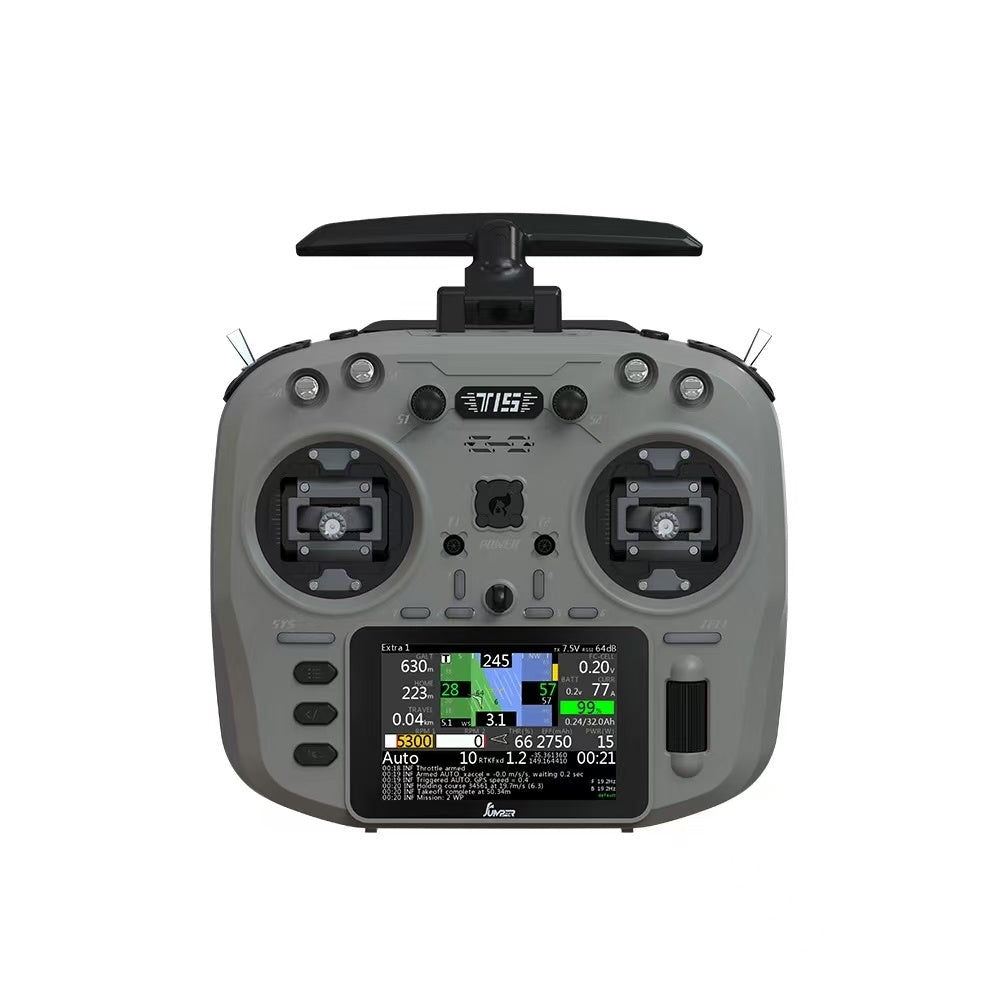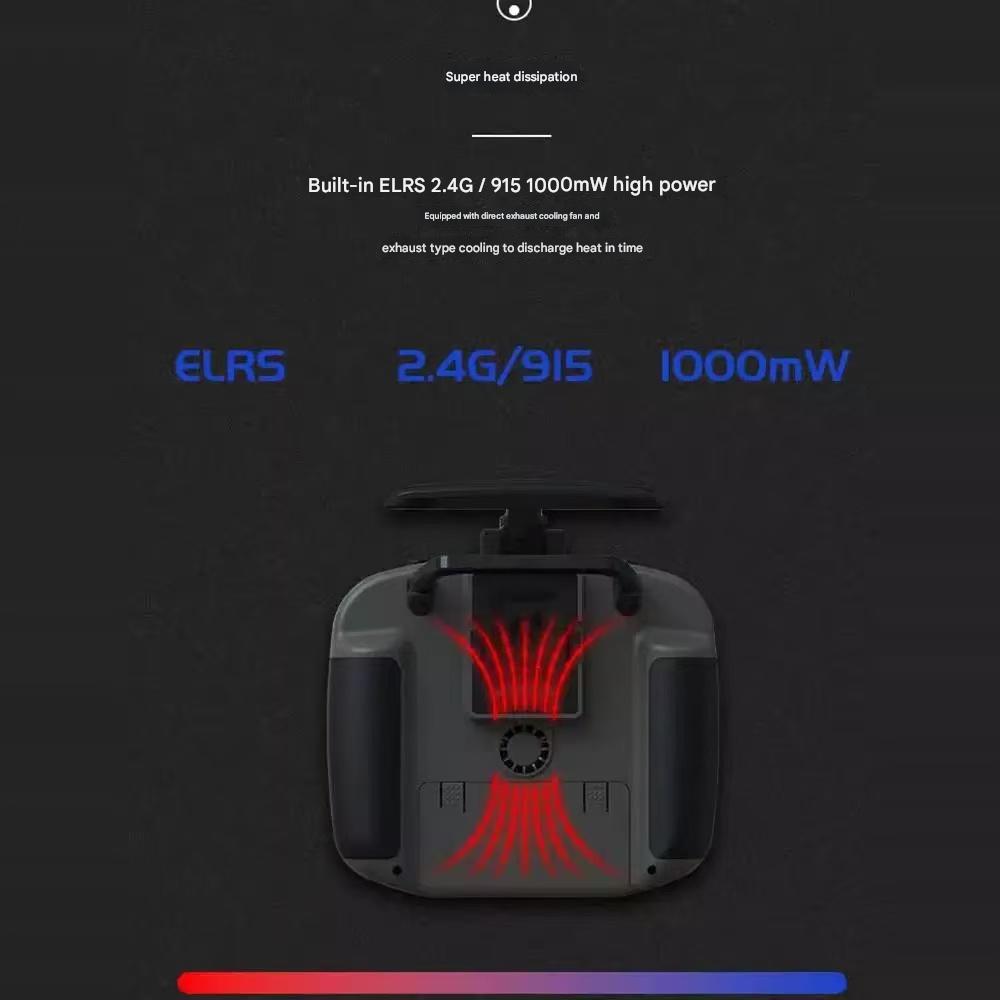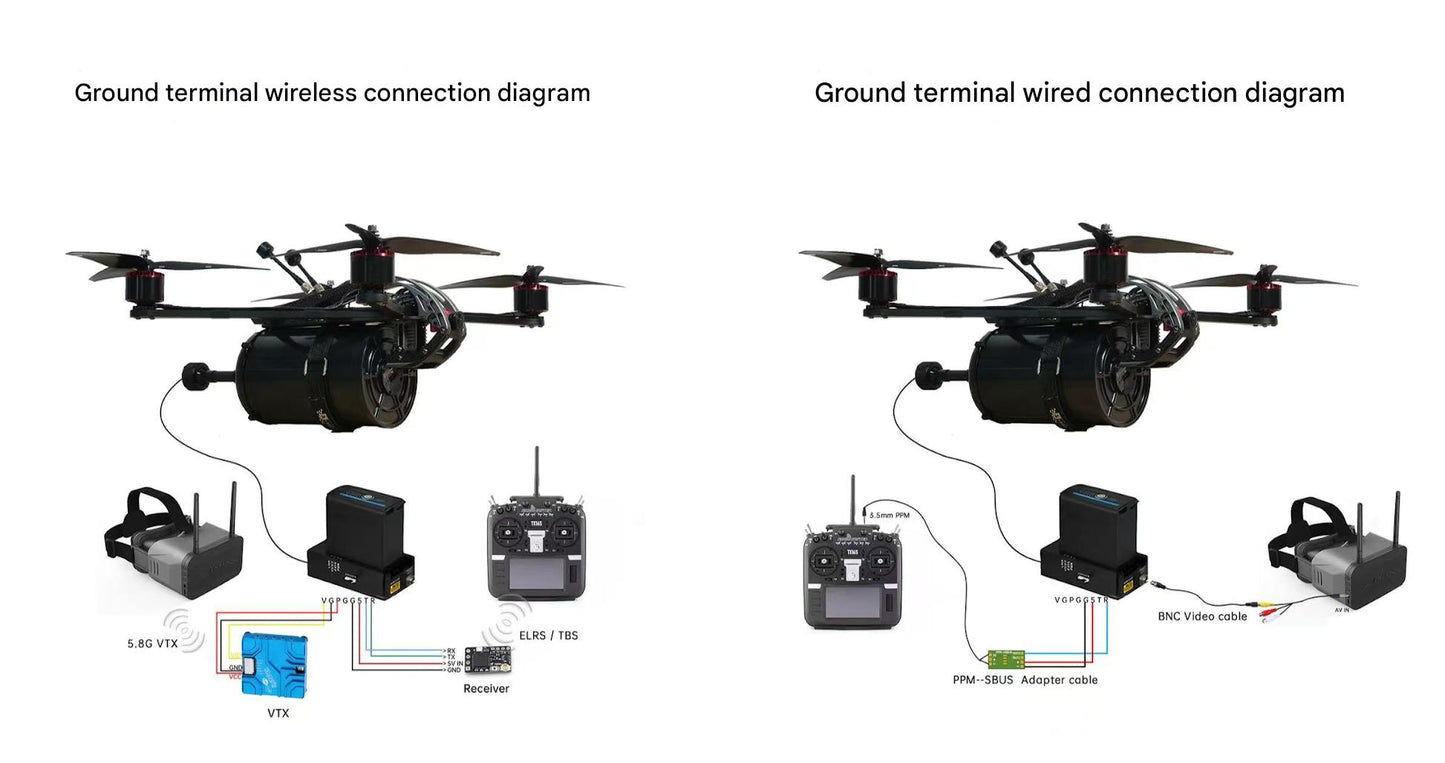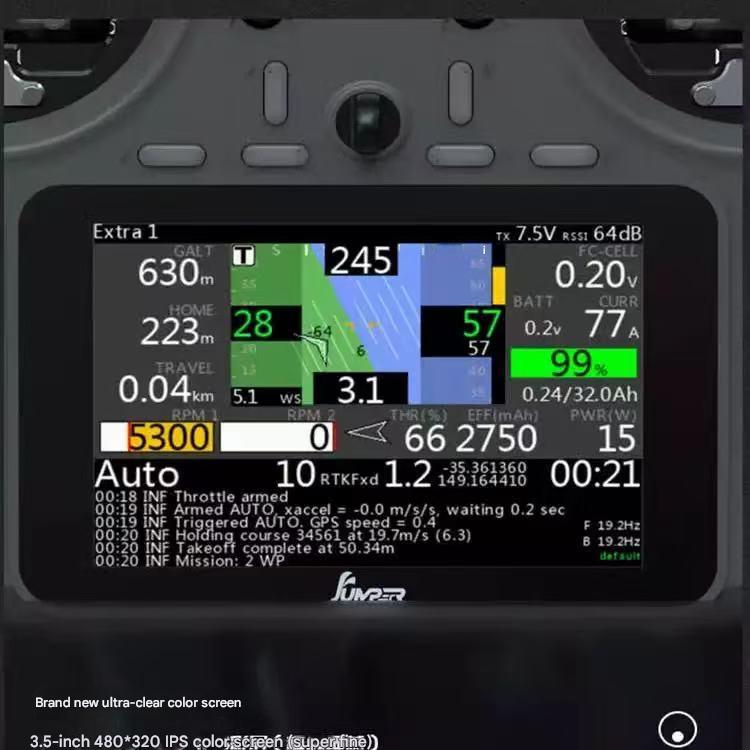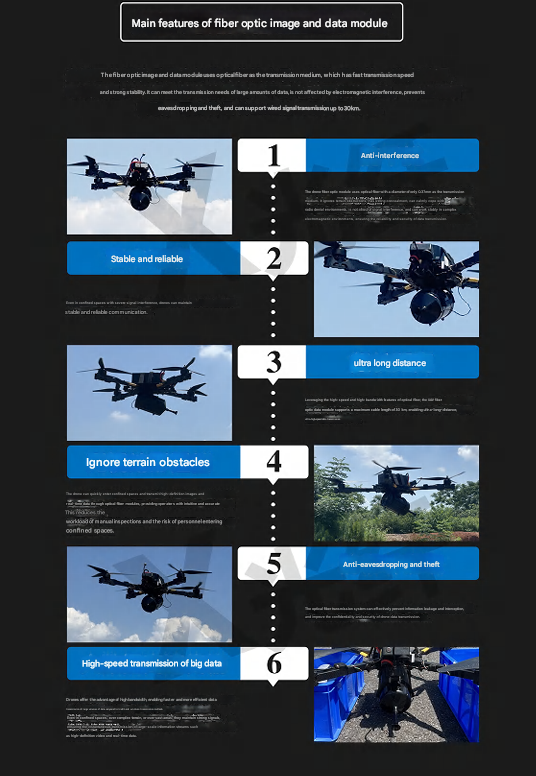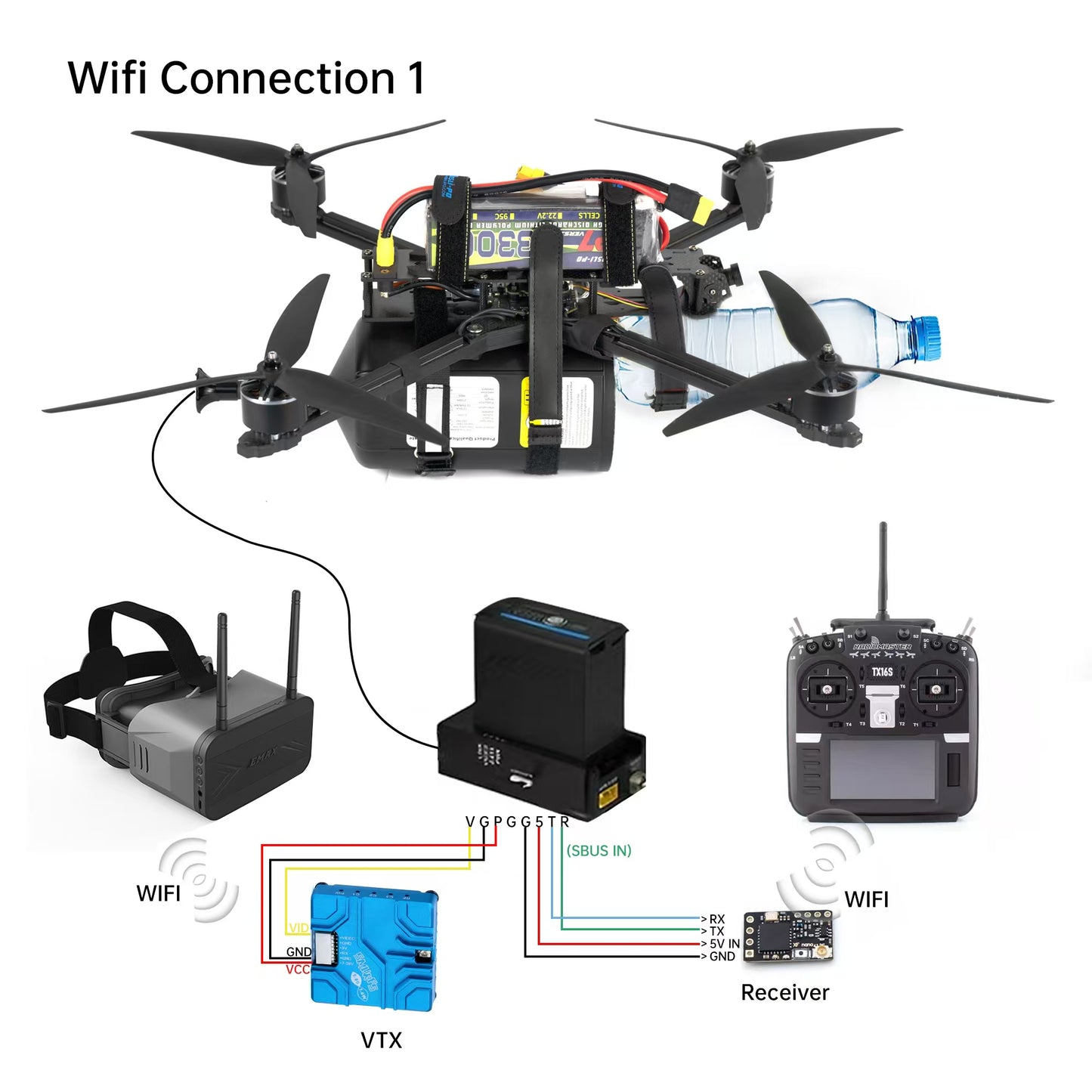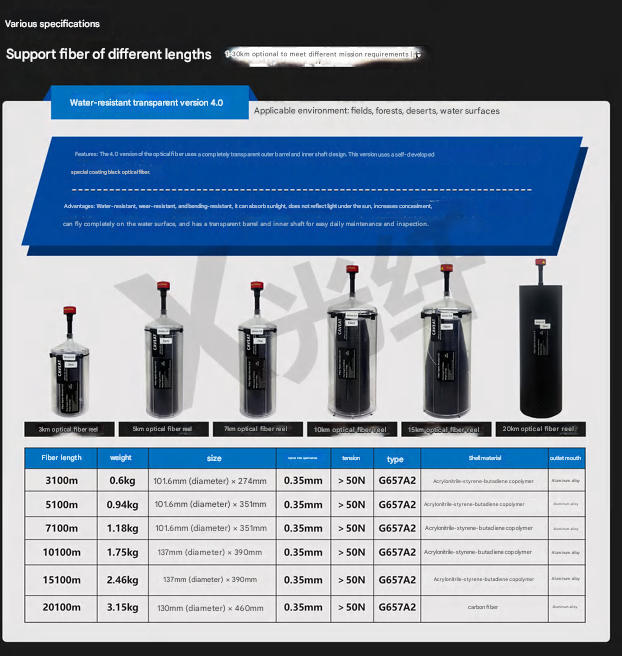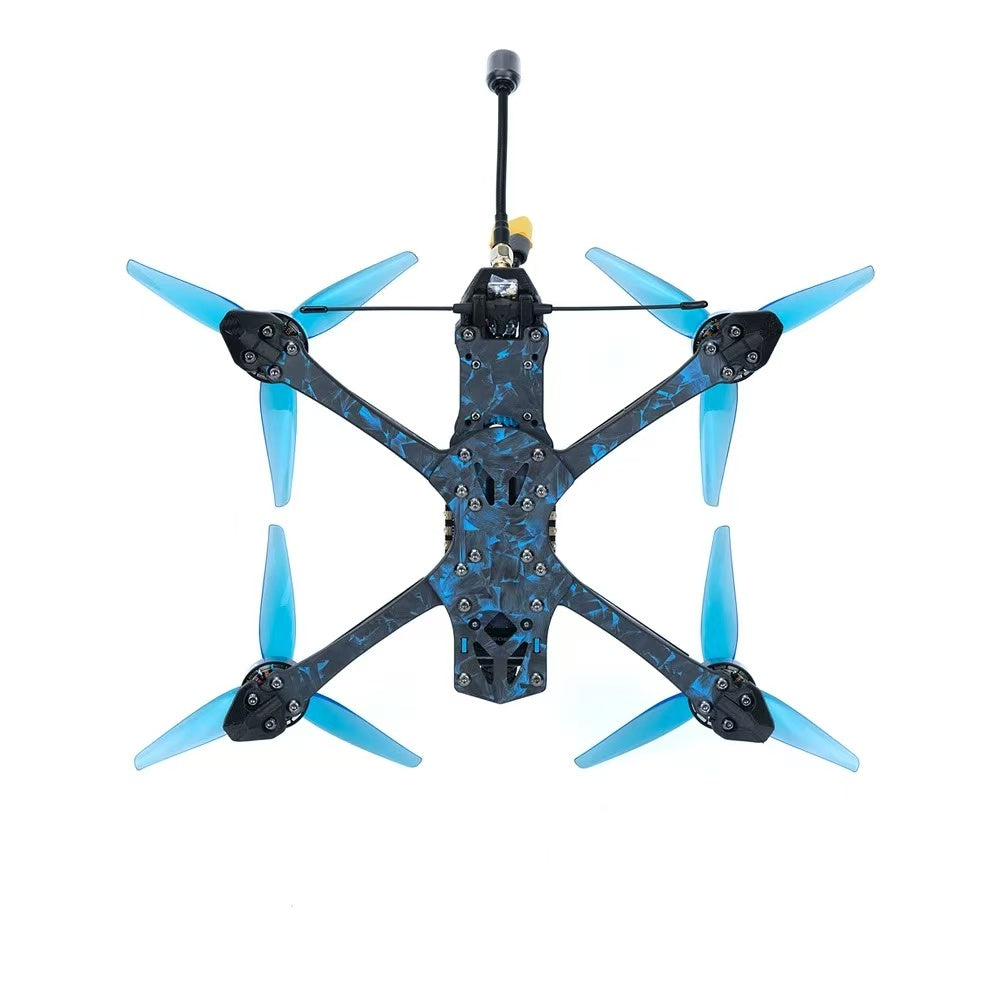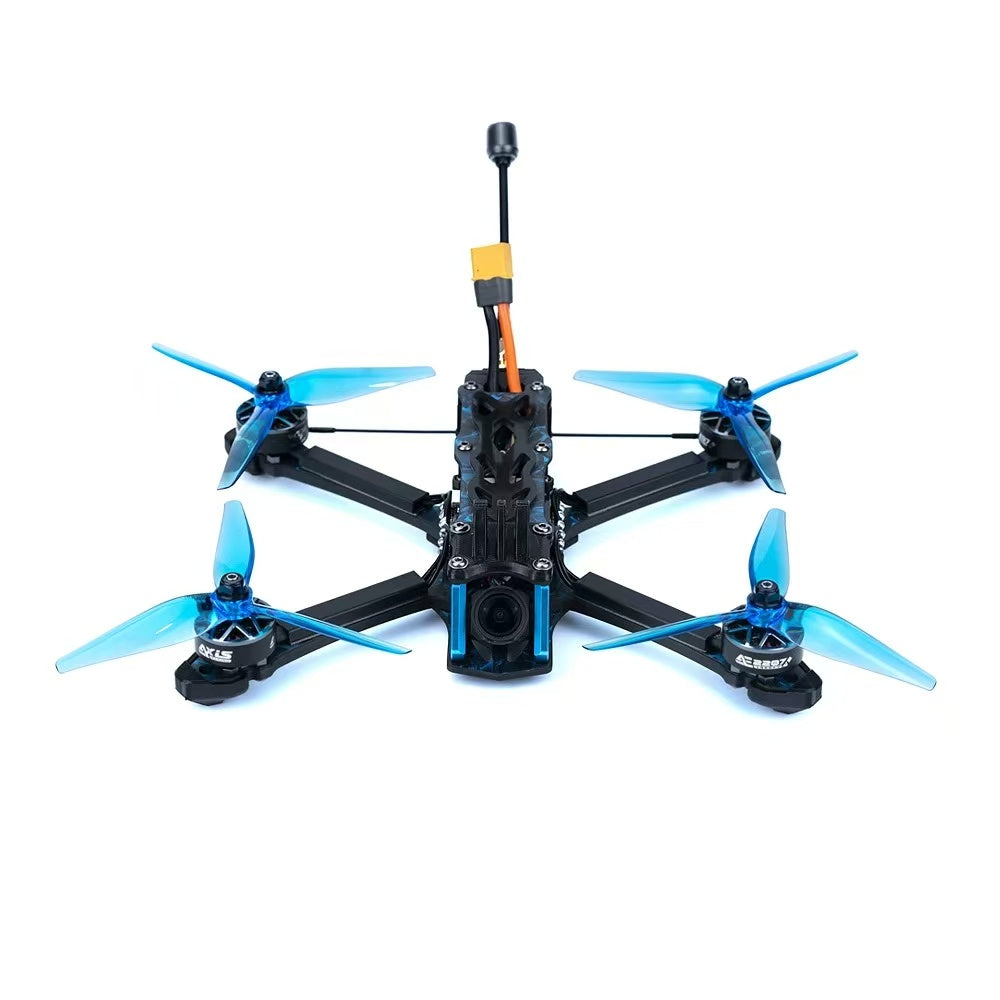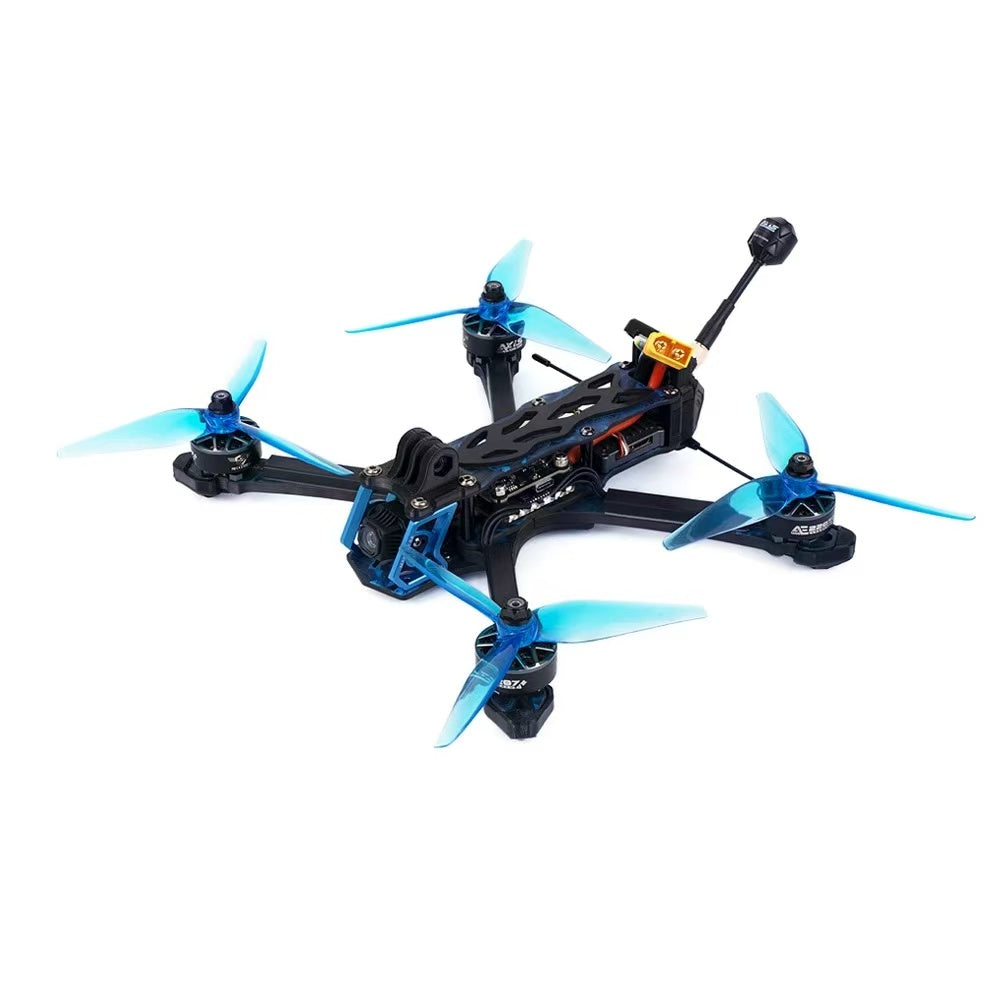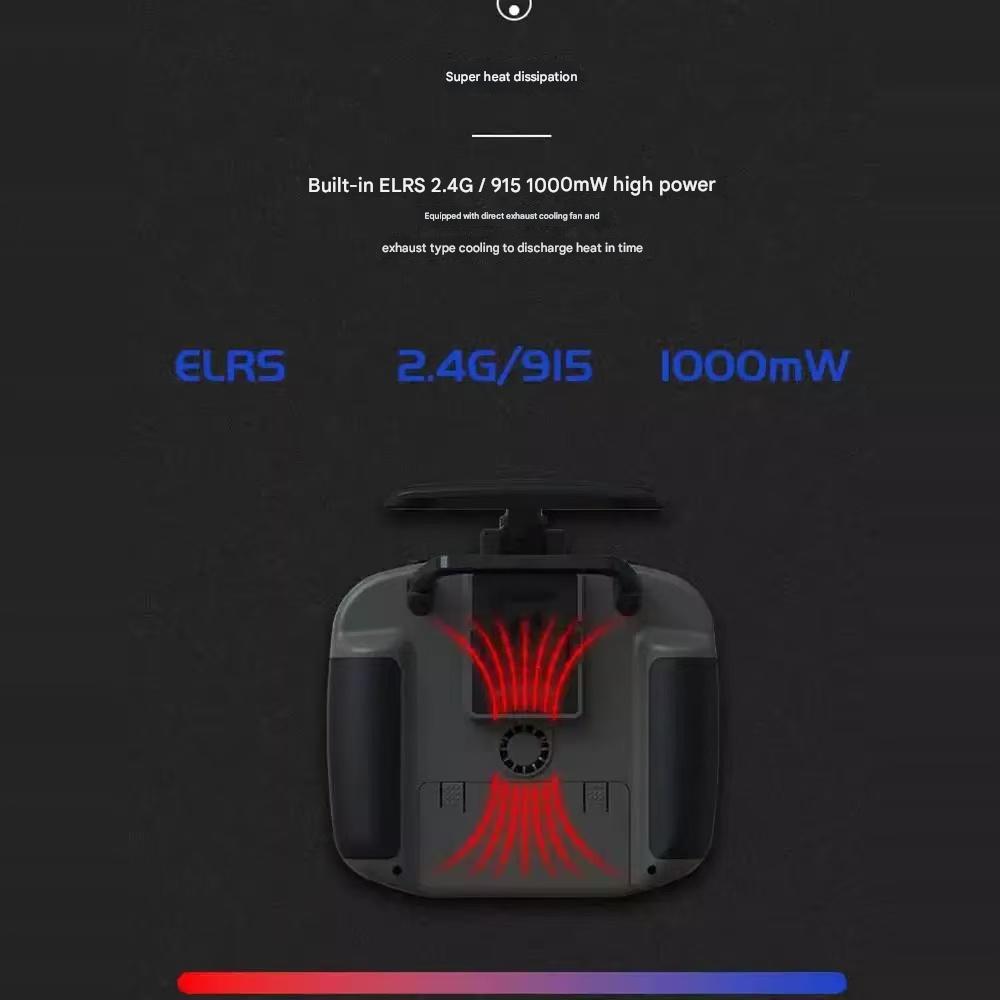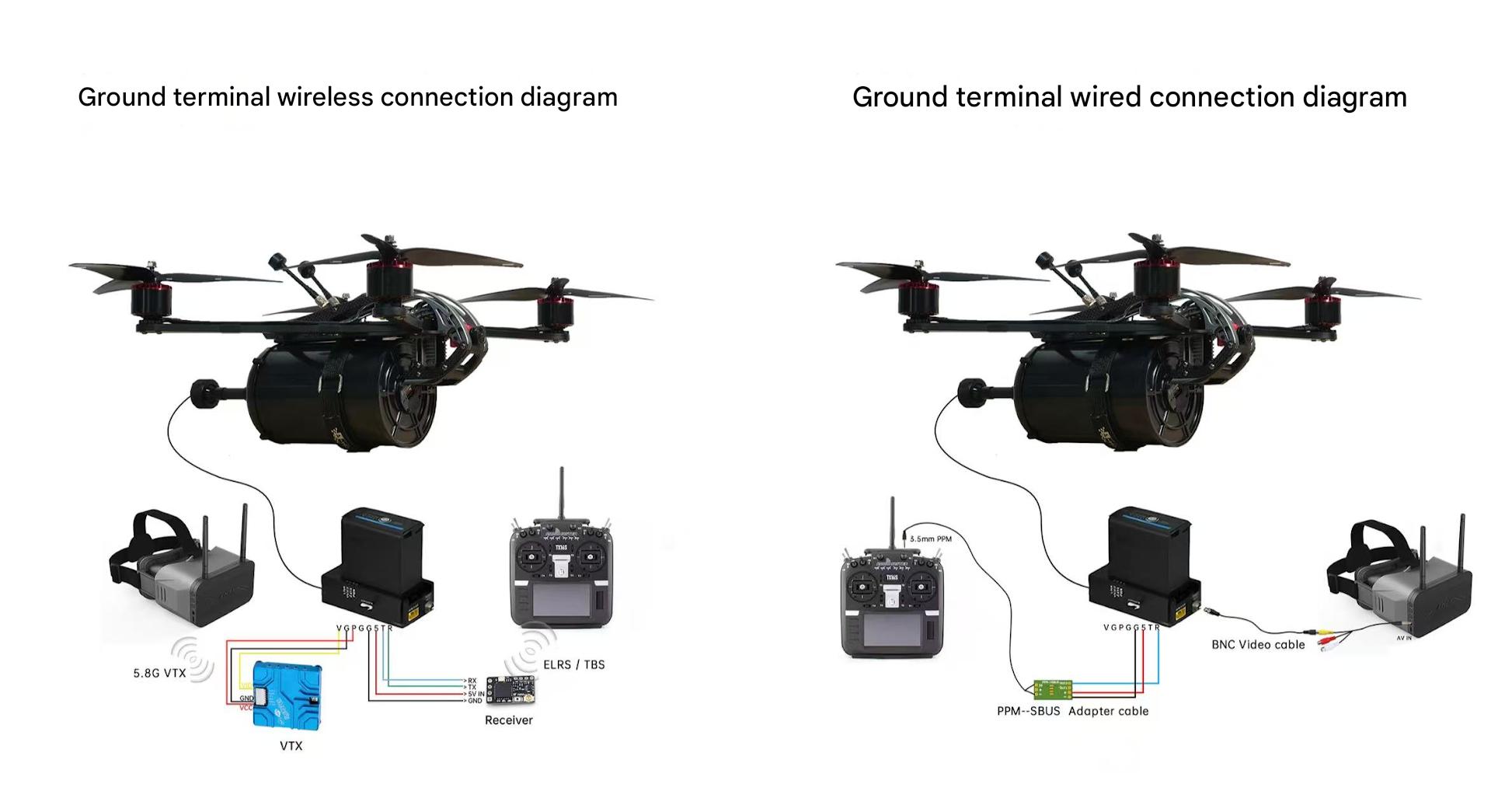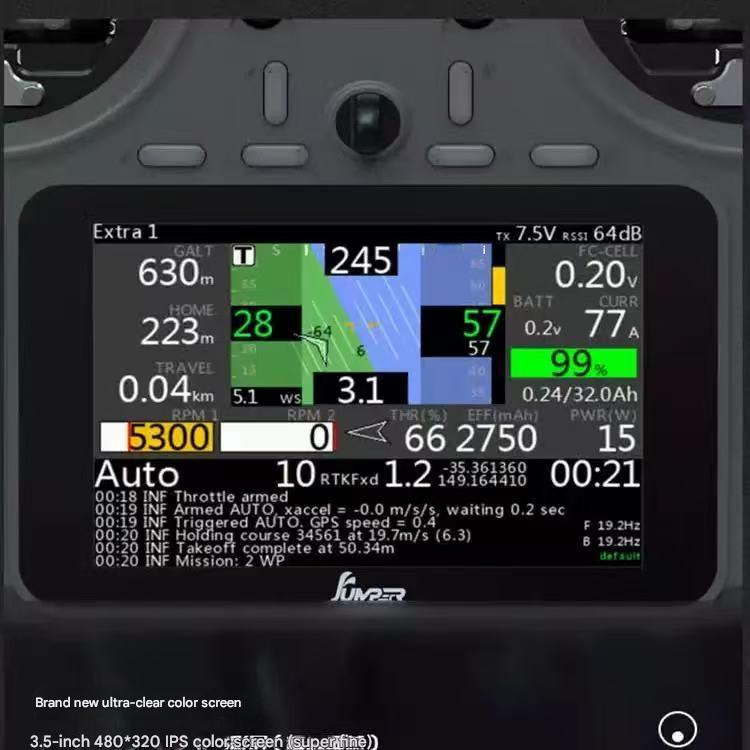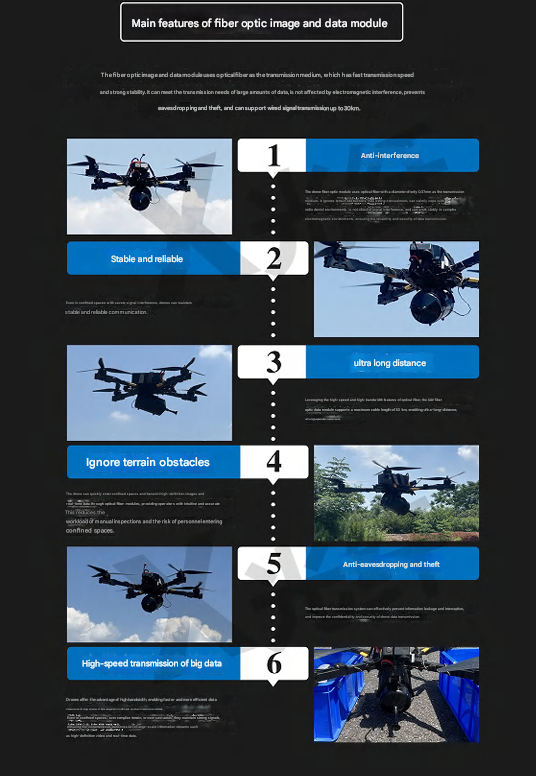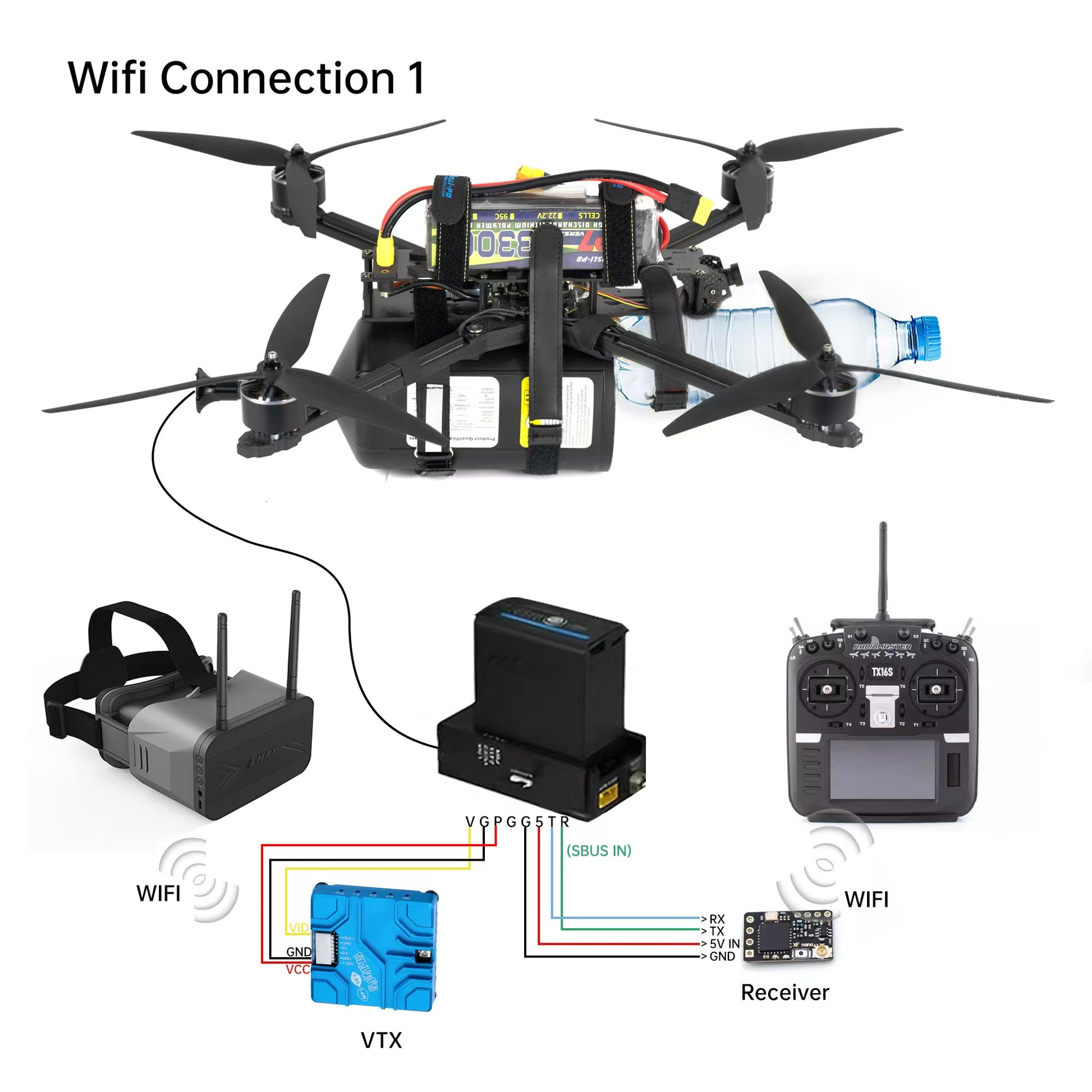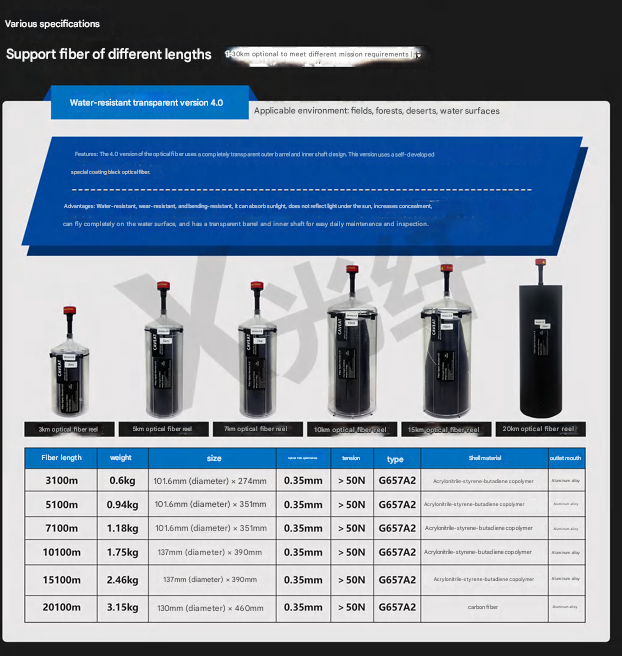Miaoqiang tech
#Military anti-interference military fiber optic drone
#Military anti-interference military fiber optic drone
Couldn't load pickup availability
MQ-FO0821
Military Anti-Interference Military Fiber-Optic UAVs
Using optical fiber to transmit control signals and video data, these drones offer core features such as anti-electronic jamming, precise strikes, tactical maneuverability, stable signal transmission, and clear imagery. They can also incorporate AI technology for autonomous target recognition. However, they are limited by optical fiber weight, release mechanisms, and endurance. Specific features and analysis are provided below:
Core Features
Strong Anti-Electronic Jamming Capability:
Fiber-optic drones connect the drone and operator via optical fiber to transmit control signals and video data, eliminating the vulnerability of traditional radio frequency control methods to electromagnetic interference.
In complex electromagnetic environments, fiber-optic drones can maintain efficient operation, enabling remote, secure, and reliable control, avoiding various enemy anti-drone electronic jamming tactics.
Precision Strike Capability:
Fiber-optic drones transmit commands and data via optical fiber, making them virtually unaffected by the external electromagnetic environment and capable of performing well against complex terrain and moving targets.
The high-definition images transmitted through optical fiber allow operators to adjust their attack paths in real time, significantly improving strike accuracy. For example, in an environment of enemy electronic jamming, fiber-optic drones can deliver precise strikes against targets at ranges of 1,500 meters, 5,000 meters, or 10 kilometers. Tactical Maneuverability:
Fiber-optic guided FPV drones are easier to operate and offer flexible tactical maneuvers. They can even track enemy tanks and armored vehicles, fly into buildings, locate targets, and trigger explosions.
Fiber-optic drones can utilize both radio and fiber-optic guidance, further enhancing their tactical maneuverability.
Stable Signal Transmission and Clear Imagery:
Fiber-optic signals are immune to the interruptions and interference caused by building obstructions and reflections, unlike radio signals. They maintain stable signal transmission in complex and ever-changing battlefield environments.
Fiber-optic drones also offer exceptionally high image quality, allowing operators to control them using VR goggles and a controller, enabling precise target lock and strike.
Integrating AI Technology for Autonomous Target Recognition:
In addition to fiber-optic guidance, there are also drones that utilize AI line-of-sight imagery. The operator identifies the target from tens of meters away, and the suicide drone then autonomously flies toward it, completing its mission.
Share
